Optimal Seasons for Roofing Services
Roofing services are essential for maintaining the integrity and safety of a building. The timing of these services can impact their effectiveness and longevity. Understanding seasonal patterns and weather conditions helps determine the most suitable periods for roofing work.
Spring and fall typically offer the best weather conditions for roofing projects, with moderate temperatures and less precipitation.
Avoid roofing during extreme cold or heat, as these conditions can affect material performance and installation quality.
Heavy rain and snow can delay roofing projects and compromise work quality. Clear, dry days are preferable.
Plan roofing services ahead of seasonal weather changes to prevent delays and ensure optimal results.

Spring offers mild temperatures, making it ideal for roofing projects.

Summer provides longer daylight hours, but high temperatures can pose challenges.

Fall is a popular time due to cooler weather and stable conditions.
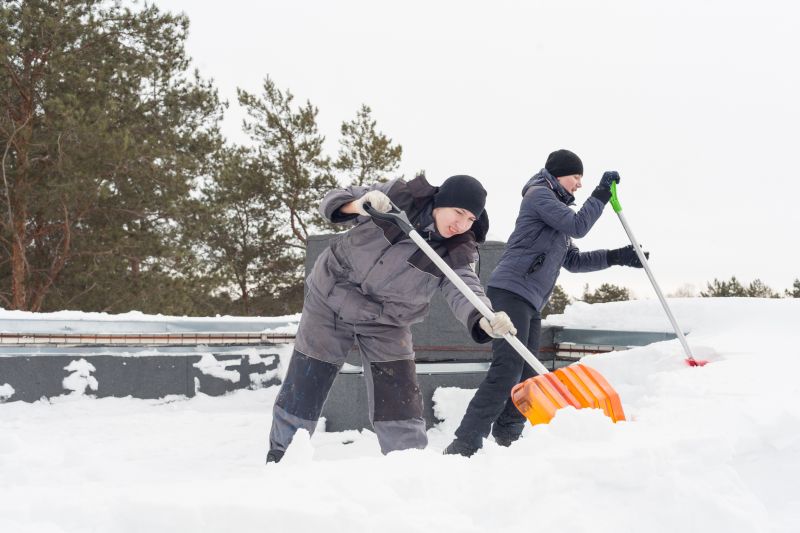
Winter is generally less suitable due to cold temperatures and potential snow.

Dry weather ensures better adhesion and curing of roofing materials.
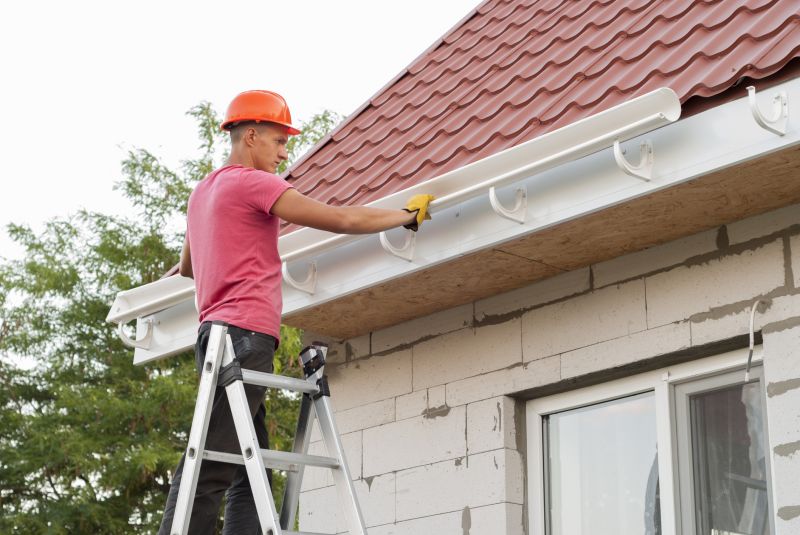
Scheduling during dry periods reduces project delays caused by rain.
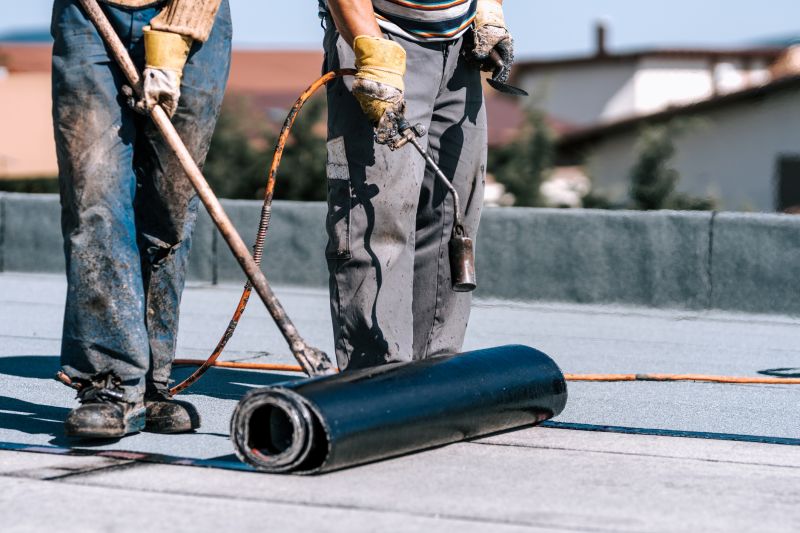
Extreme temperatures can affect roofing material flexibility and installation quality.

Planning ahead allows for better scheduling around weather patterns.
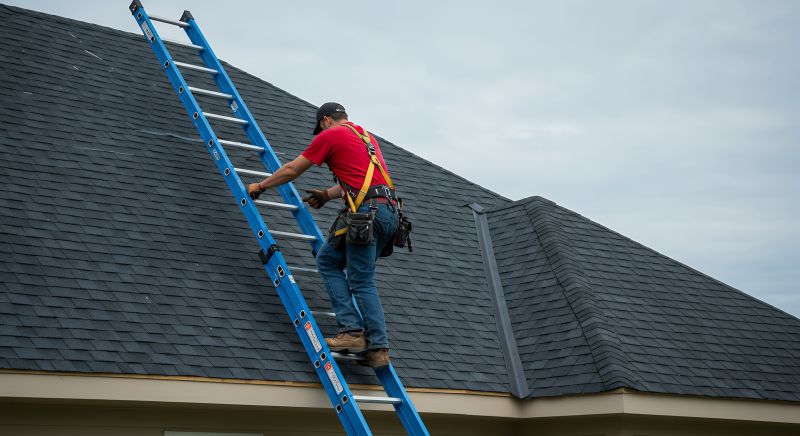
Local climate patterns influence the best timing for roofing services.
| Season | Ideal for Roofing? |
|---|---|
| Spring | Yes |
| Summer | Conditional |
| Fall | Yes |
| Winter | No |
| Early Fall | Optimal |
| Late Spring | Good |
| Late Summer | Less Ideal |
| Early Winter | Not Recommended |
Roofing services encompass a range of activities including repairs, replacements, and inspections. Proper timing ensures materials are installed under optimal conditions, which can extend the lifespan of the roof. Seasonal weather patterns influence the success and durability of roofing work, making planning essential for homeowners and property managers.

Spring's mild weather facilitates efficient roofing installation.

Summer's longer days aid in completing projects quickly.

Fall offers a window of stable weather for roofing projects.

Cold temperatures and snow can hinder roofing activities.

Temperature and moisture levels affect roofing material performance.
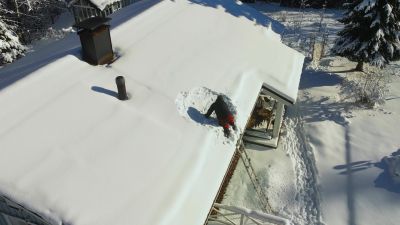
Scheduling before seasonal shifts minimizes disruptions.
Considering local climate conditions in Utah County, the best periods for roofing services are during the spring and fall months. These seasons typically provide the most stable weather, reducing delays and ensuring high-quality results. Planning ahead for these optimal windows is recommended to achieve long-lasting roofing performance.
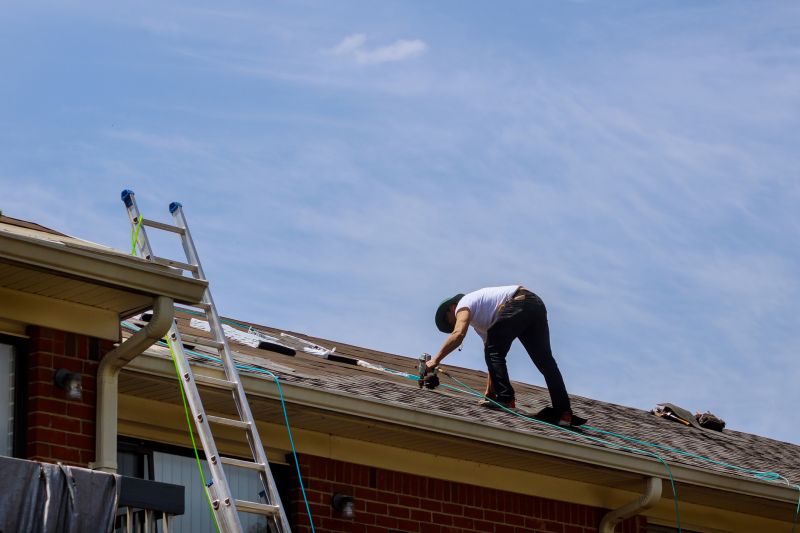
Spring offers optimal conditions for roof repairs and installations.

Fall's cooler weather supports durable roofing work.

High temperatures require careful scheduling during summer.

Winter's cold and snow limit roofing activities.
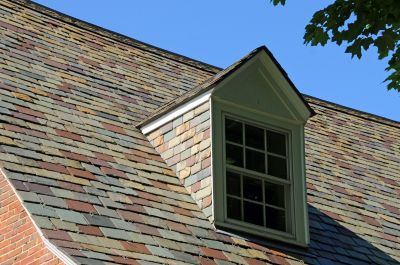
Popular materials for Roofing Service and why they hold up over time.
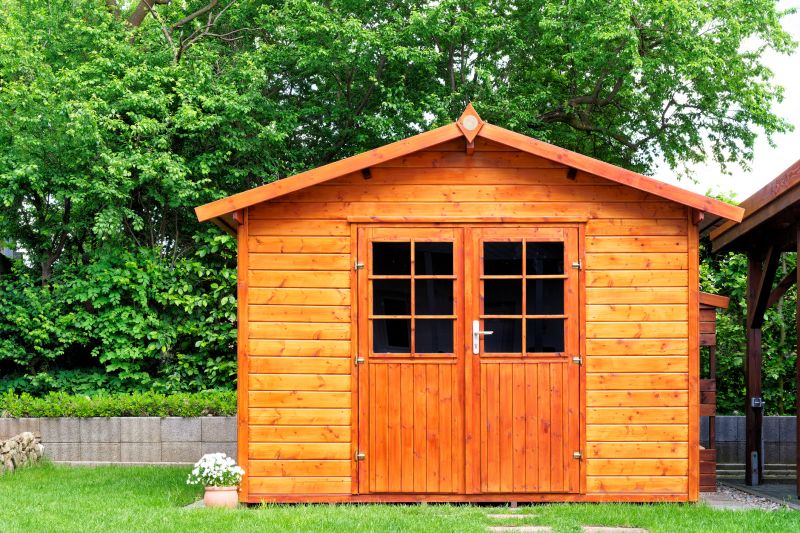
Simple add-ons that improve Roofing Service without blowing the budget.

High-end options that actually feel worth it for Roofing Service.
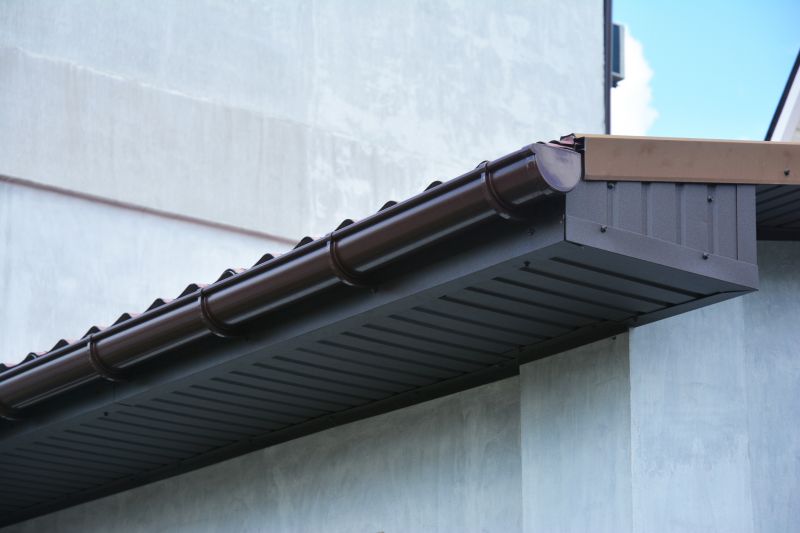
Finishes and colors that play nicely with Roofing Service.
Proper timing for roofing services can prevent unnecessary delays and ensure the longevity of the roof. It is advisable to coordinate with roofing professionals well in advance of seasonal weather changes. This proactive approach helps maintain the integrity of roofing projects and reduces the risk of weather-related issues.
